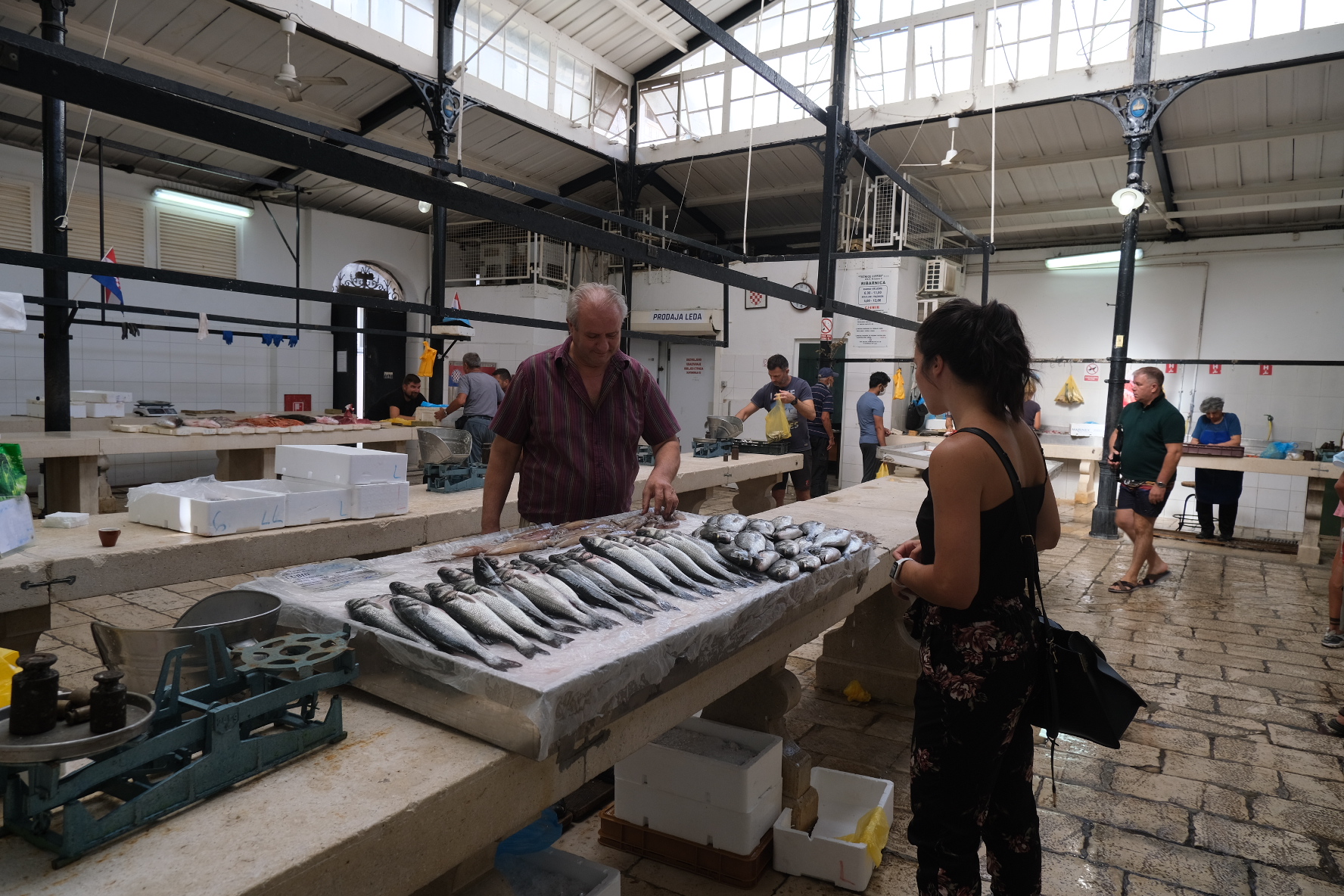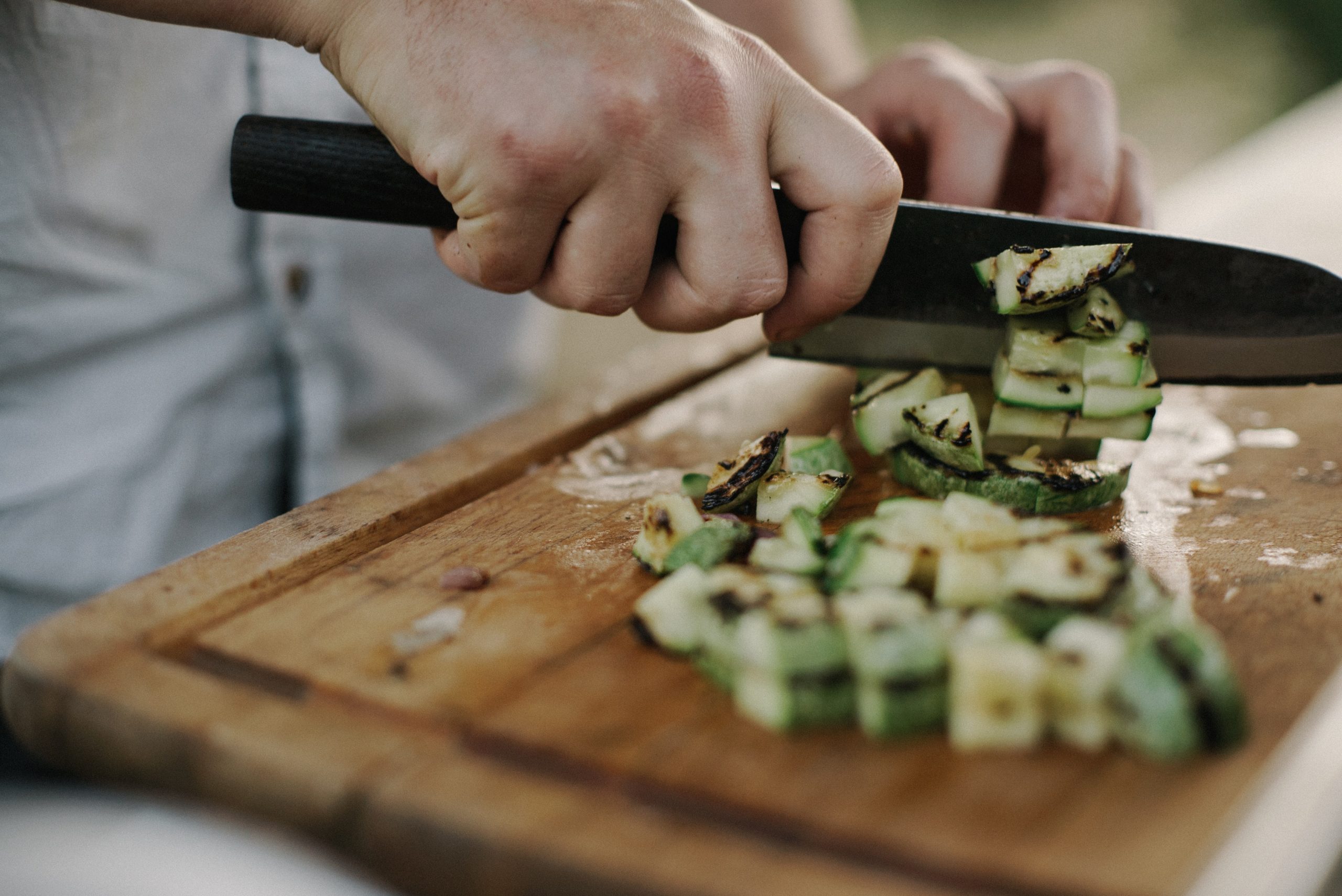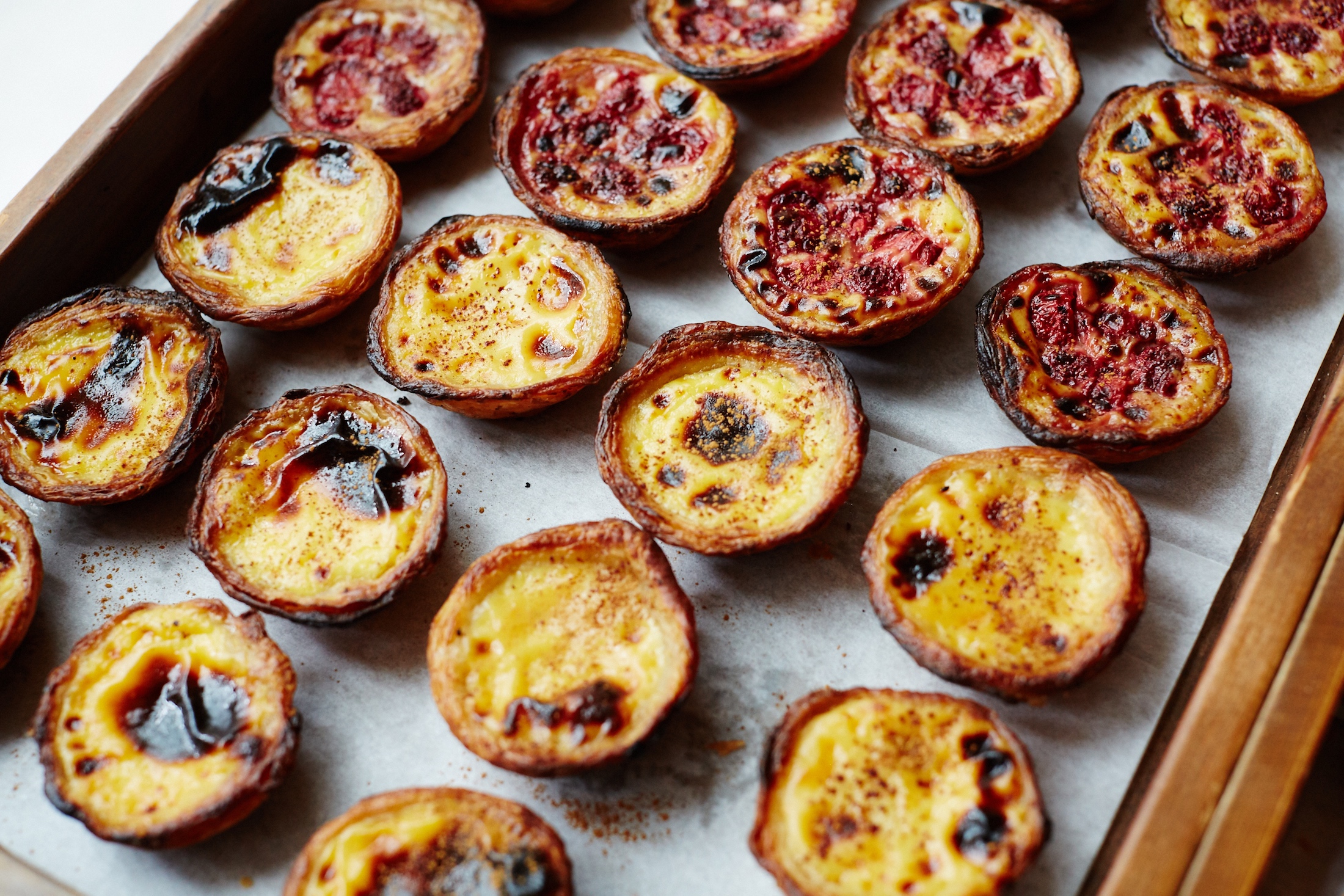
Learning how to make Pastéis de Nata with Cooking Lisbon
If there is one thing to know about Portuguese culture, it’s that we LOVE our food. We’re proud of our culture and heritage, but especially boastful about our incredible gastronomy and world-class wines.
The best way to experience Portugal is to experience its food.
So, during my last visit to Lisbon, I took a cooking class with Cooking Lisbon where I learned how to prepare traditional Portuguese dishes including fish cakes, Portuguese chicken, and rice pudding.
During my most recent visit to Portugal, I headed back to Cooking Lisbon to learn how to make one of my favourite Portuguese desserts: Pastéis de Nata.
Cooking Lisbon
Cooking Lisbon is a cooking studio in the heart of Lisbon that offers a variety of fun cooking classes where you have the opportunity to learn about traditional Portuguese dishes from locals.
With classes designed for all skills levels and wine pairings with every meal, it’s no wonder that this is one of the best-rated things to do in Lisbon and we keep going back with each visit to the city!
What is Pastéis de Nata?
Pastéis de Nata is a delicious, flaky and sweet egg tart pastry from Portugal. It was born in the 18th century at Jerónimos Monastery in Lisbon. At the time, monasteries and convents used huge quantities of egg-whites for starching clothes and the egg yolks were used to make pastries and cakes, resulting in the proliferation of Portuguese dessert recipes.
Learning to make Pastéis de Nata
Surprisingly, making Pastéis de Nata was not as difficult as I had originally thought that it was going to be.
We didn’t make the pastry puff from scratch because it’s a time-consuming process, but we made the custard filling from scratch ourselves and moulded the pastry puffs into the famous Pastéis de Nata shape – which in my opinion was the hardest part!
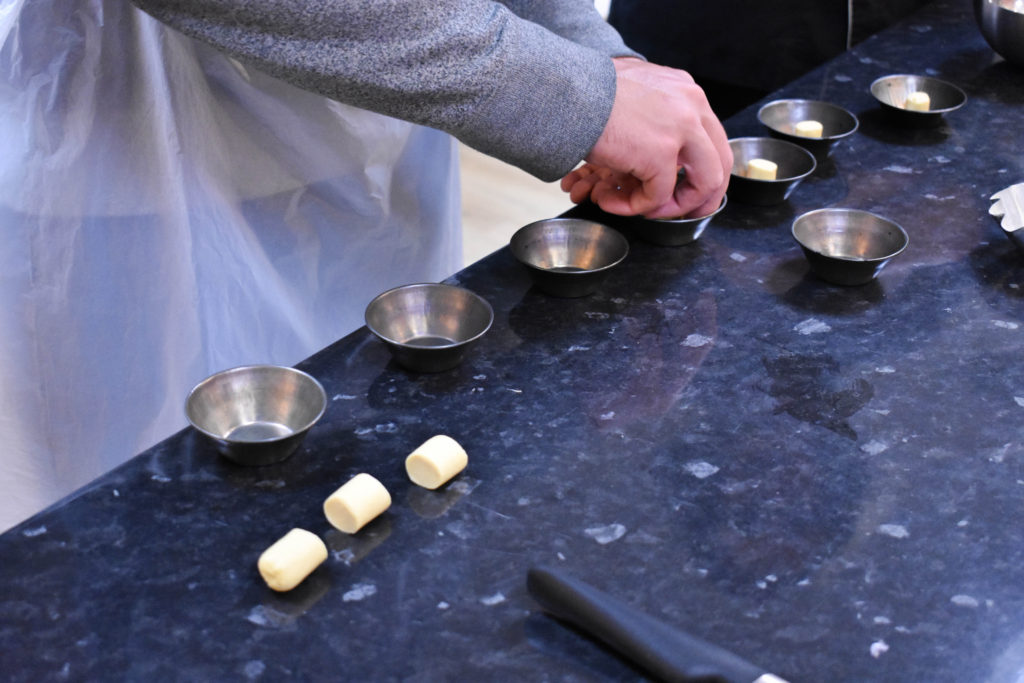
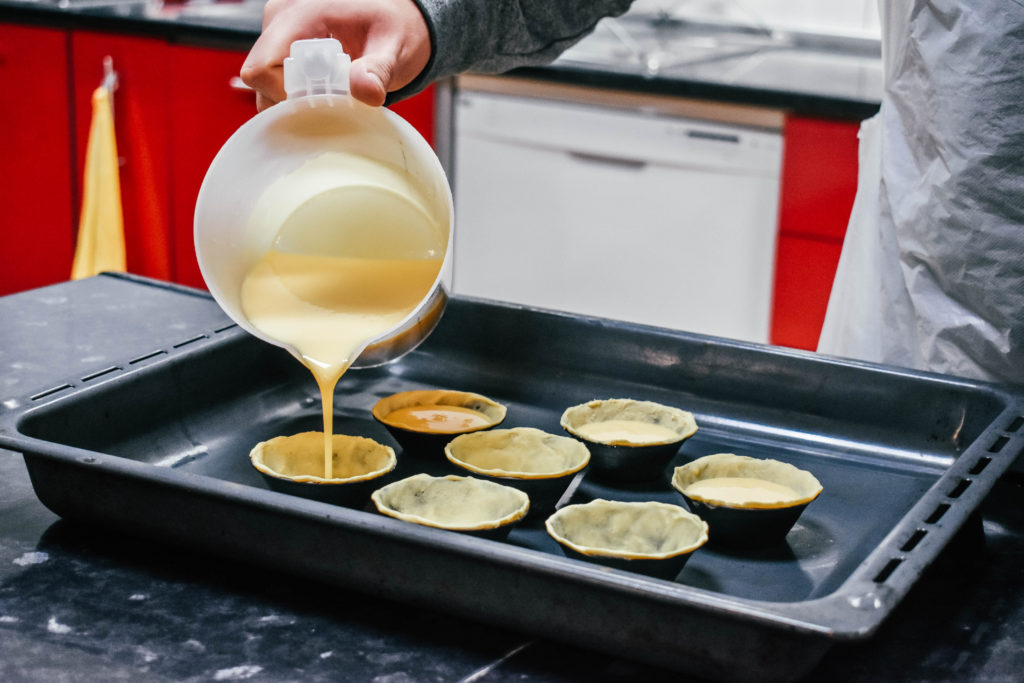
After molding the pastry puffs to the tins we poured the egg custard in and popped them in the oven!
After a few minutes of baking, we had warm and delicious Pastéis de Nata on our hands!
We even learned the trick to making the custard tarts shiny – by sprinkling a bit of water on them! Many people think that Pastéis de Nata are blowtorched, but they simply come out of the oven and they are sprinkled with a bit of water to give them that “glazed” look. Traditionally, water was sprinkled on them as a means of “blessing” the dessert.
Finally, we sat down with our lovely cooking instructor to enjoy our delicious creation!
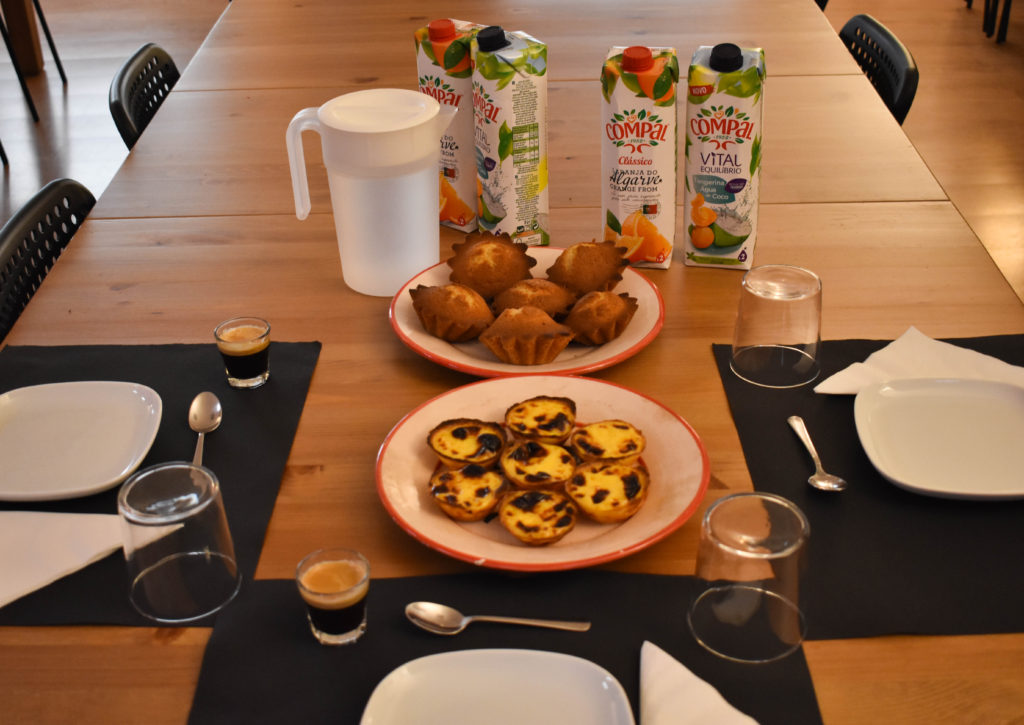
I LOVED both cooking classes that I took with Cooking Lisbon. Not only did I have the opportunity to brush up on my culinary skills, but I also learned a lot more about Portuguese culture and had incredible conversations with the locals. These classes have been the highlight of my trip each time I’ve visited Portugal – I highly, highly recommend finding a way to incorporate Cooking Lisbon into your next visit to the city!
Cooking Lisbon’s pastry class runs every Monday and Friday at 9:30 am. The cost is 40 euro per person and the class only takes about two hours, so you’ll have the rest of the day to explore after enjoying some sweet homemade custard tart and coffee!
To learn about Cooking Lisbon’s different cooking class options, visit their website HERE.



